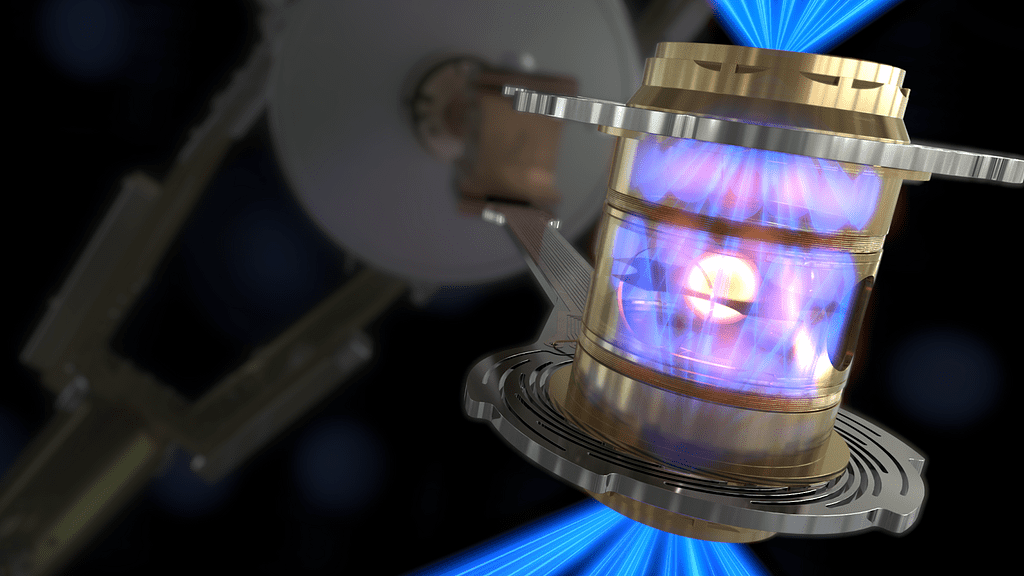
Physicists at the Lawrence Livermore National Laboratory’s (LLNL) National Ignition Facility in California have just made a historic announcement. For the first time, American scientists have produced more energy from nuclear fusion than the energy they used to power the fusion reactor, known as “fusion ignition”, something that has been decades in the making. However, there’s still a long way to go before we can achieve consistent fusion that can power homes and industries.
“This is a historic achievement… over the past 60 years thousands of people have contributed to this endeavor and it took real vision to get us here,” LLNL director Dr. Kim Budil said in a statement.
Mini sun on Earth
Nuclear fusion is the process by which atomic nuclei combine to form a heavier nucleus, releasing a large amount of energy in the process. This is the same process that powers the sun and other stars.
Nuclear fusion has the potential to provide a nearly limitless supply of clean, safe energy. It produces no greenhouse gases or other harmful pollutants, and the raw materials used – hydrogen and its isotopes – are abundant and easily obtained.
In contrast, nuclear fission, the reverse process of fusion in which heavy isotopes are split apart to release energy, produces radioactive waste that is extremely expensive and cumbersome to get rid of.
However, achieving nuclear fusion is much more difficult than achieving nuclear fission. To start the fusion process, you have to get two positively charged nuclei close enough together to get them to fuse. To overcome the mutual electrical repulsion, atomic nuclei inside the sun collide with each other at very high temperatures, exceeding ten million degrees Celsius. Once the nuclei overcome this repulsion and come within a very close range of each other, the attractive nuclear force between them will outweigh the electrical repulsion and allow them to fuse. But for this to happen, the nuclei must be confined within a small space to increase the chances of collision.
Inside the sun, these conditions are ensured by the extreme pressure produced by its immense gravity. But as you can imagine, recreating the same conditions found in the sun here on Earth is no trivial matter.
“Last week at the Lawrence Livermore National Library, scientists at the National Ignition Facility achieved fusion ignition,” US Energy Secretary Jennifer Granholm said at a press conference.
“That is creating more energy from fusion reactions than the energy used to start the process. It’s the first time it has ever been done in a laboratory anywhere in the world.”
“This is one of the most impressive scientific feats of the 21st century,” Granholm added.
A step closer to turning fusion from dream to reality

The $3.5 billion fusion energy facility at LLNL fires 192 high-power laser beams into a capsule the size of a peppercorn, in which hydrogen atoms are inserted. The laser beams effectively heat the hydrogen fuel to 100 million degrees Celsius and compress it to more than 100 billion times that of Earth’s atmosphere, mimicking the conditions found inside stars. After a certain threshold is crossed, the intense heat and pressure cause the capsule to implode and the hydrogen atoms to fuse.
The experiment expended 2.05 MJ (megajoules) of energy and produced 3.15 MJ of output, almost 50% more fusion energy than was put in. In other words, scientists have achieved fusion ignition. Just earlier this year, British scientists produced nearly 60 MJ of fusion energy — almost 20 times more than the American project — but the UK lab made a net gain of only 1 MJ.
This is truly a historic moment, but physicists also call for cautios optimism. The energy produced by the fusion facility in California is only enough to boil a few kettles of water. Furthermore, the scientists used 300 MJ of electricity to power up the lasers, so technically the overall energy balance is still negative. As such, there is still much ground to cover until we can see nuclear fusion power plants capable of sending power to the electric grid.
But these new impressive developments show that progress is being made. It was 1942 when physicists in Chicago demonstrated the first fission nuclear reactor, which only worked for a few minutes on its first run. It would take another decade before the first nuclear power plant went online in Obninsk, in the Soviet Union. So it might take a few decades before working fusion power plants come online — but it’s worth the wait.
“The science and technology challenges on the path to fusion energy are daunting but making the seemingly impossible, possible is when we are at our very best,” said Kim Budil, director of the Lawrence Livermore National Library.
“Ignition is the first step, a truly monumental one, that sets the stage for a transformational decade in high energy density science and fusion research and I cannot wait to see where it takes us.”









